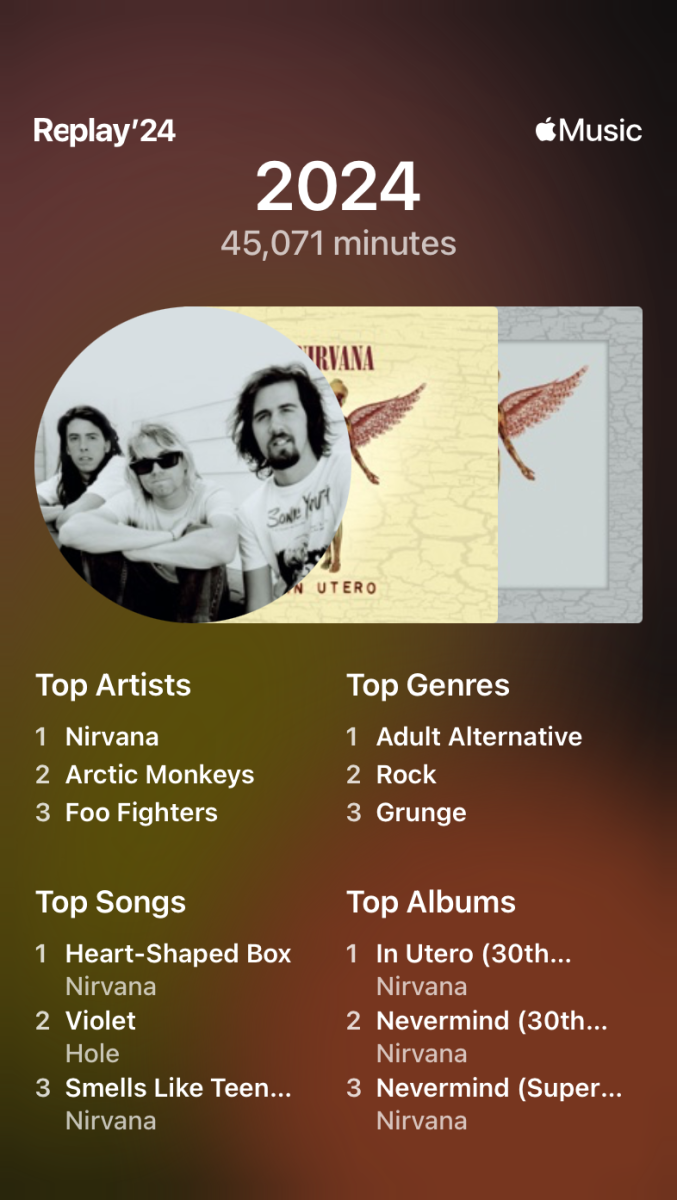For the past several years American River College students, particularly members of student government, have been participating in the March in March, an annual protest and lobbying event downtown wherein community college students from around the state push for policies that would lessen their financial burdens.
ARC’s Associated Student Body Student Senate has invested thousands of dollars each year in making a presence at the march, which is always in the beginning of the month of March. We feel the money and attention ASB spends on the march could be better spent.
For ASB to spend its money better, the state legislature needs to lower restrictions on how the student representation fee can be spent.
The March in March first took place in 2003. In the half-dozen marches since it became an annual event in 2009, there has been no major enactment of educational reform attributed to it. Textbooks are not cheaper. Community college is not cheaper, with the cost of tuition having risen roughly with the rate of inflation according to the College Board.
Last year, Student Senate passed a resolution allowing up to $4,500 to be spent going to the march. While the amount of money spent fell short of that, only nine passengers were on a bus that traveled less than 14 miles from the ARC main campus to the capitol.
This year, the Senate has been promoting the march through on-campus events to try and attract ARC students who are not involved in student government.
At one such event, held last Wednesday in the Student Center, students were treated to free food provided by ASB and had the opportunity to hear from Joe Stanton, a member of the committee planning the March and a member of the Lake Tahoe Community College Student Senate.
“We’re spending a large amount of money on this year’s March in March to raise awareness because that immediate presence was severely lacking from last year’s event,” said Cameron Weaver, ASB Student Senate director of public relations.
According to Weaver, all this promotion is increasing the price tag of the march.
“We have up to I believe $17,000,” said Weaver. “We have tentatively passed an increase of $5,000 in funding.”
While we appreciate that the student government is reaching out to students, there has to be a better way for the Student Senate to spend its time and money – and the time and money of the student body they represent – than attending a pep rally that is great in feeling but lacking in accomplishment.
The money spent on the March in March comes from the student representation fee, which allows spending on “payment for expenses for student advocacy,” according to the Student Senate bylaws.
California Education Code section 76060.5 establishes that a student representation fee can be established for the purposes of providing for “governmental affairs representatives to advocate before the Legislature and other state and local governmental entities.”
There is over $100,000 in the advocacy account that the ASB Student Senate has access to, but their hands are tied due to state law.
The student senates around the state of California represent millions of students on the college level in every city and county of California, while the members of the legislature represent all Californians and meet in only one city of the state.
Could it be that the individual student senates know better what the students at their schools want on their campuses with their money?
If the state legislature freed up Senate’s money, giving them more spending freedom, imagine the possibilities.
Student Senate could pay for more reserve textbooks in the library, especially for classes with expensive books or for which multiple textbooks are required.
They could spend money organizing a campus cleaning event, such as helping to get rid of the graffiti on campus.
They could spend money on providing more information for not only how to get involved with student government, but also for scholarship opportunities and helping new students get adjusted to campus, getting out there and meeting the students where they are.
How awesome would it be for new students at ARC to only need to talk to their ASB representative if they need any help during those confusing, often lonely, weeks of the first semester?
How great would it be if they see examples of student leaders who are first trusted to actually lead, and who better yet lead through service?
As one politician once said, good politics is good governance and good governance is good politics. What better way to train student representatives for government service than to give them the tools and trust they need to build a closer connection to their constituents and the community which they represent?
Now those are some ideas worth advocating for this March in March.








